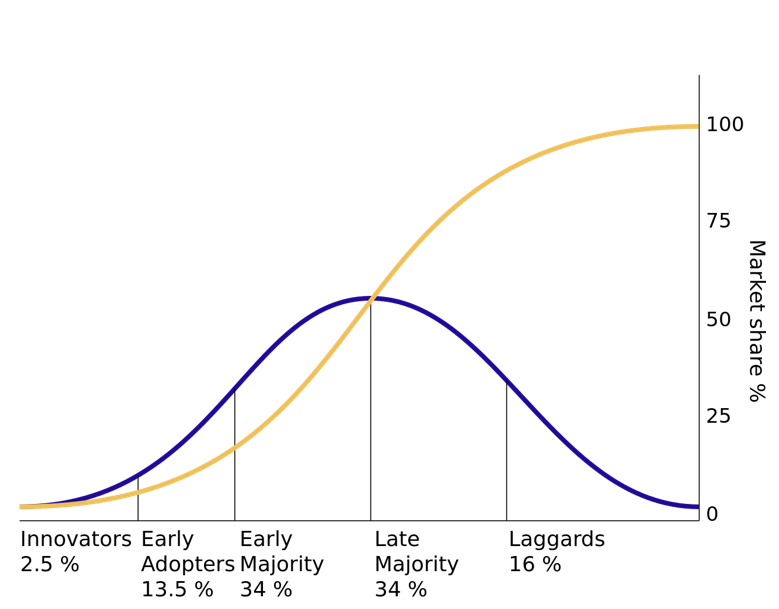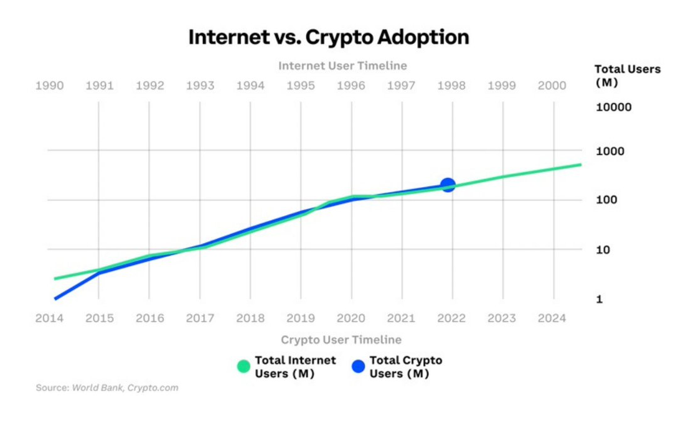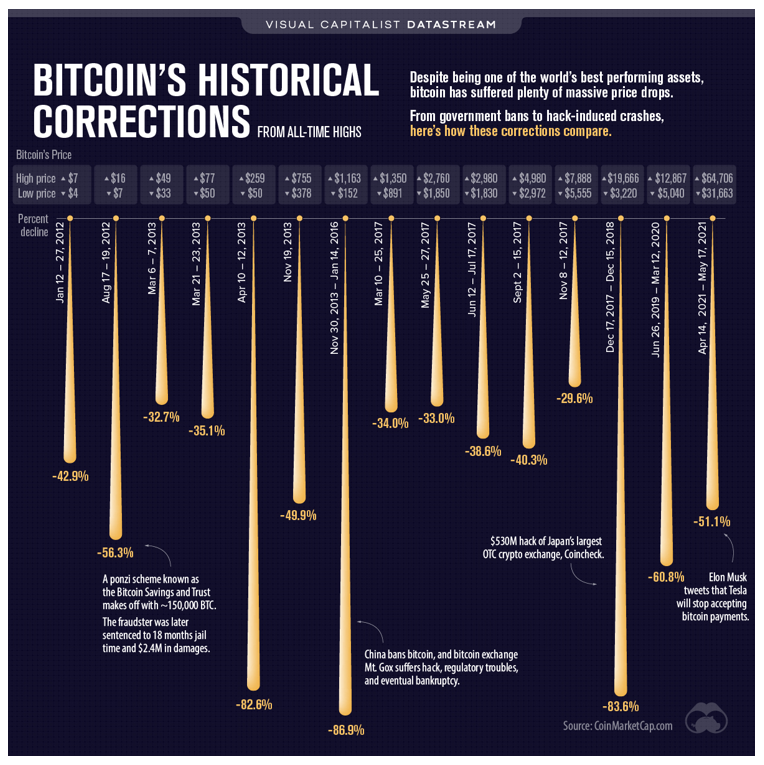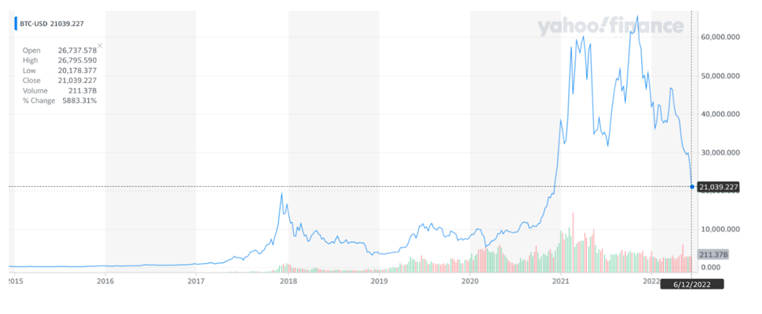 |
| By Nilus Mattive |
I was at the Point Break Cafe in El Tunco beach, El Salvador.
A chalkboard sign advertising the coffee shop’s daily specials sat right next to the counter. And at the top, it said the cafe accepted payments through the Strike Bitcoin (BTC, Tech/Adoption Grade “A-”) app.
“How many people use this?” I asked the barista in imperfect Spanish.
“Pocas,” she said with a minor scowl. Few.
That quick exchange confirmed what I had seen during my first five days in the country: a lot of signs about cryptocurrencies, but no real transactions taking place.
Indeed, while at a restaurant offering a 25% discount for payments made via Strike, I downloaded the app on my phone to take advantage of the offer.
By the time I got to Step 2 of the registration process, I hit a roadblock. Because I was trying to open a U.S.-based account from a location in El Salvador, the app wouldn’t let me proceed any further.
I went back and forth with the app’s customer care team over the next two days, and although they were quick to respond, they couldn’t provide a solution other than registering with a Salvadoran phone number.
Meals were cheap enough already. It was a lot easier to just hand people cash or use a credit card.
Based on my follow-up research, Chivo, El Salvador’s official Bitcoin app, is riddled with far bigger problems, including security concerns.
Even my visit to El Zonte — known as Bitcoin Beach and the spiritual birthplace of El Salvador’s crypto adoption — failed to turn up much more than a bunch of signs on the road and a large hotel touting its commitment to Bitcoin.
So that’s the reality on the ground in El Salvador right now. But that won’t be the case forever.
In fact, adoption rates and market history both suggest major upside lies ahead.
While the numbers are approximate, surveys taken last year suggested less than 30 million Americans owned some type of cryptocurrency — with almost half of them invested in Bitcoin. That’s about 10% of the U.S. adult population.
Now, a very recent survey taken by NBC news suggests more than 20% of American adults have either used or traded cryptocurrencies.
That means United States crypto adoption has roughly doubled in the last year.
So, it took about 16 years to get the first 10% of the U.S. population to adopt crypto. And then it took just one year for the next 10% to embrace it.
This type of pattern is consistent with what we’ve seen from past innovations. In fact, there is a specific chart that outlines how technological adoption generally occurs. It was first explained by Everett Rogers in his 1962 book, “Diffusion of Innovations,” and is commonly called an S curve. Here’s the basic idea …
Essentially, Rogers breaks the S curve down into five different stages of adoption — innovators, early adopters, early majority, late majority and laggards.
The biggest and fastest part of the adoption comes after the first third of the population embraces the change.
With 20% crypto adoption here in the U.S., and a much lower number globally, that big spike is still ahead of us.
But past adoption curves suggest it could happen much faster than most people realize. Here’s a great chart that Lark Davis (@thecryptolark) posted on Twitter at the end of 2021. It compares crypto adoption with internet adoption …
As you can see, the two are tracking very closely. And using that as our guide, we are right around the “1998–99” phase of crypto adoption.
That makes perfect sense when you consider what’s currently happening on the investment side of the crypto markets.
As I explained in a recent issue, the current environment feels a lot like what we experienced during the dot-com boom — and subsequent bust — at the turn of this millennium.
We have wild optimism from the believers … equally extreme skepticism from naysayers … and price action that matches that intense push and pull.
The truth, as always, is in the middle. Many tokens have no value, and they probably won’t survive this new crypto down cycle. The naysayers are right about that.
But history suggests Bitcoin, Ethereum (ETH, Tech/Adoption Grade “A”) and other top-tier coins and projects will only emerge stronger and go on to new all-time highs.
Even in its relatively short history, Bitcoin’s already suffered many large double-digit declines, and every time, a growing chorus of bears have declared its permanent demise.
Yet every time it has ended up gaining wider acceptance and going on to new highs.
This chart from the Visual Capitalist nicely summarizes many of Bitcoin’s past crashes:
All told, there have been at least three past collapses of at least 80% and a dozen more of at least 30%, even before the current drop.
Now, here’s the long-term chart of Bitcoin through mid-June …
When you look at the full history of Bitcoin’s trading action, it becomes apparent that all those major sell-offs were speed bumps on the way to much higher prices ...
The largest sell-offs each created the potential for 10x, 50x or 100x gains going forward ...
And even right now, after a brutal decline, Bitcoin is trading near the top of its last major surge just a few short years ago.
The longer-term bull case isn’t just assumed on charts, of course. Even as prices drop, and the headlines turn negative, more and more people are still looking to embrace crypto.
In other words, the adoption curve is NOT being hampered at all.
For example, a new Bank of America survey conducted in early June showed that 91% of investors planned on buying more crypto over the next six months. And a separate study conducted by The Ascent last month suggested another 46.5 million Americans will buy crypto for the first time over the next year.
That’s the adoption curve at work.
And that’s why Bitcoin’s value could easily go up 10x or 20x from current levels based on current trends and historical adoption rates of other technologies and advancements.
So, don’t let the near-term volatility blind you to the long-term potential for the broad market and select top Weiss-rated crypto.
Instead, take advantage of the free tools on our site to track your favorite assets and set alerts to notify you of any swings in price action. And continue checking in for your market analysis every afternoon in your Weiss Crypto Daily issues.
Best,
Nilus Mattive







